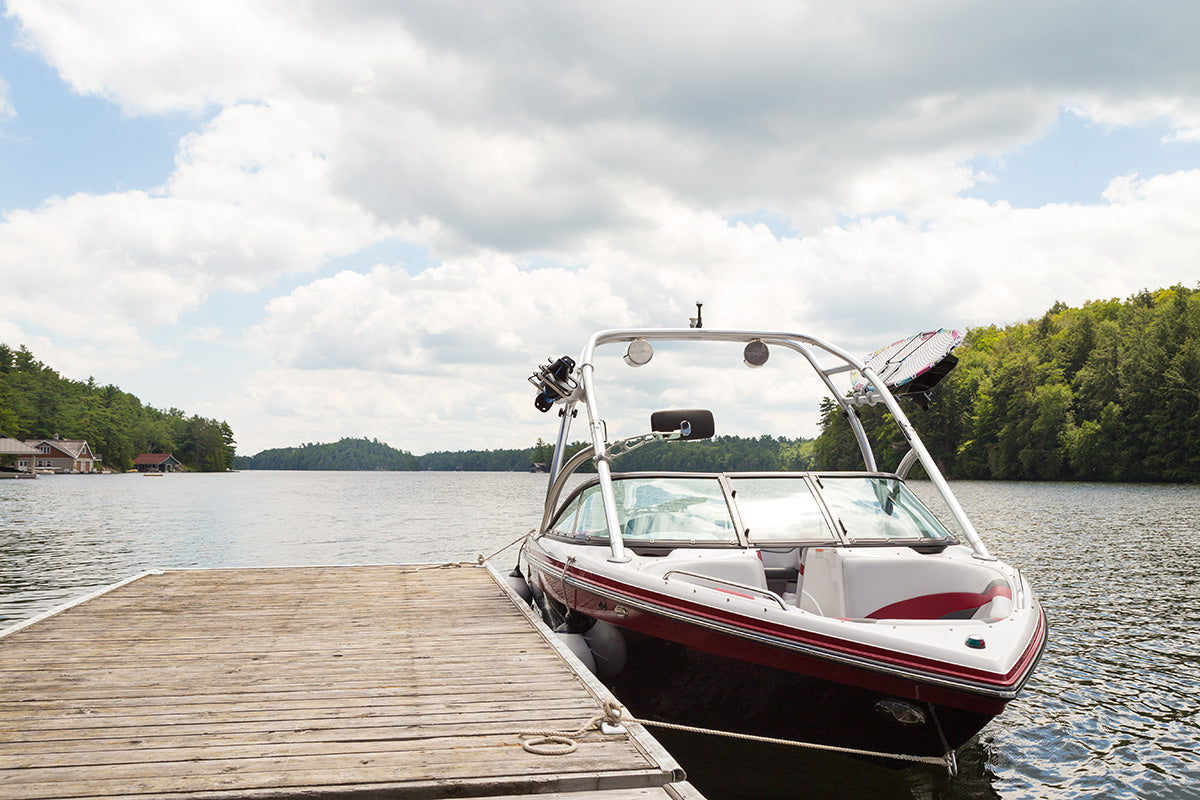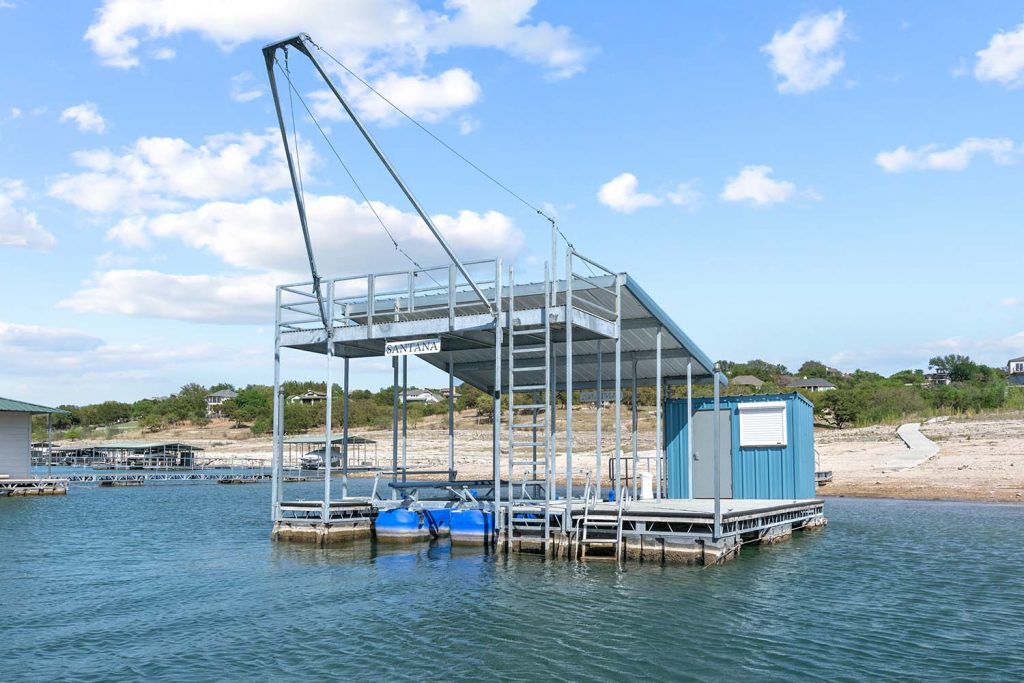Crucial Guide to Inexpensive Dock Repairs for Homeowners
Crucial Guide to Inexpensive Dock Repairs for Homeowners
Blog Article
How to Address Common Dock Repair Issues for Safe Water Tasks

Identifying Common Dock Issues
Recognizing usual dock problems is essential for preserving the performance and safety and security of your waterside residential or commercial property. Routine inspections can assist uncover problems prior to they become severe, guaranteeing both the durability of the dock and the safety and security of those who use it. One prevalent issue is loose or corroded bolts. With time, screws, screws, and other bolts can come to be loosened due to constant exposure to water and weather aspects, bring about structural instability.
One more typical problem is the degradation of flotation protection gadgets. These gadgets are vital for maintaining the dock resilient, and any damage or leaks can trigger the dock to list or sink. Frequently checking for leaks or water logged floats can preempt extra considerable problems.
Furthermore, algae and barnacle accumulation on the dock's surface area can produce unsafe and slippery problems. This biofouling not only presents a danger to users however can additionally increase the damage of the dock products.
Last but not least, checking for signs of corrosion on steel components is crucial. Rust can jeopardize the stability of the dock's structure, making it harmful. By routinely determining these common dock issues, you can guarantee that your dock remains practical and secure for many years to come.
Fixing Rotting Wood
When dealing with the concern of decaying timber on your dock, it is important to act quickly to avoid more wear and tear. Begin by completely evaluating the entire structure to recognize all impacted locations. Use a screwdriver to probe the wood; if it sinks in conveniently, the wood is likely rotted and needs immediate focus.
Be certain to reduce back to healthy and balanced, solid timber, guaranteeing you eliminate all compromised material. After elimination, treat the continuing to be timber with a wood preservative to avoid future rot.
Next, replace the eliminated areas with marine-grade lumber or pressure-treated wood, which are more resistant to water damage. Secure the new items with galvanized or stainless-steel bolts to stop rust. In addition, using a waterproof sealant to the brand-new wood can supply an extra layer of protection.
Protecting Loosened Boards
How do you guarantee your dock stays useful and secure for all its customers? One vital aspect is safeguarding loose boards, which can otherwise posture considerable risks. Loosened boards not just enhance the threat of stumbling yet can likewise compromise the architectural stability of the entire dock.

For reinstallation, make use of galvanized or stainless steel screws, as these materials use premium resistance to rust in aquatic atmospheres. Ensure the screws are long enough to permeate deep into the underlying assistance framework, yet not so long that they extend through the dock's surface area. Pre-drilling pilot openings can assist prevent the timber from splitting.
Lastly, preserve a regular evaluation timetable to determine and attend to any type of new concerns quickly. By securing loosened boards successfully, you add to the overall safety and durability of your dock, making it a trustworthy platform for water activities.
Stabilizing Unstable Pilings
Making sure the stability of unsteady pilings is critical Go Here to maintaining a risk-free and practical dock. Unsteady pilings can jeopardize the entire structure, presenting considerable dangers to users and possibly bring about costly repairs. The primary step in maintaining these essential elements is a complete examination. Analyze the pilings for signs of rot, damages, or moving. Utilize home a degree to check for upright positioning and guarantee they are driven deep enough into the substrate to supply ample assistance.
If the pilings are found to be unsteady, one reliable approach for reinforcement is using additional supporting. Cross-bracing with treated lumber or galvanized metal can dramatically improve security. Anchor the dental braces safely to both the pilings and the dock frame to disperse loads equally.

Normal upkeep and routine review of the pilings' stability are critical to guaranteeing long-term dock security and functionality.
Changing Rusty Hardware
Dealing with unsteady pilings is just one element of maintaining a dock's stability; another important worry is replacing rusty hardware. Gradually, exposure to wetness and salt can lead to the oxidation and rust of screws, brackets, and bolts, compromising the entire structure's safety and security. Normal examination for rust is necessary, particularly after extreme weather condition or seasonal modifications.
When corroded hardware is identified, instant activity is called for. Begin by choosing marine-grade stainless steel or galvanized hardware, both developed to resist read the full info here the harsh aquatic setting. Guarantee that you have the ideal tools, such as wrenches and screwdrivers, to safely get rid of the old, rusty items without causing additional damage to the dock.
After eliminating the corroded hardware, completely clean the impacted areas to get rid of any type of recurring corrosion or debris. Use a rust-inhibiting primer to revealed metal surface areas before setting up the brand-new equipment. Tighten up all fixtures safely to stop future loosening, and occasionally inspect the fittings to make sure ongoing stability.
Changing rustic equipment not only extends the dock's lifespan yet additionally significantly improves the safety of water activities. By proactively taking care of corrosion, you safeguard both the structure and its individuals, guaranteeing a delightful and safe and secure waterfront experience.
Conclusion
Routine inspections and upkeep are vital to address typical dock fixing issues and guarantee risk-free water tasks. Such aggressive procedures contribute to the overall safety and performance of dock structures, fostering a safe setting for water-based tasks.
Making certain the safety and security of water tasks hinges considerably on the correct upkeep and repair service of anchors (Dock Repairs). These gadgets are vital for maintaining the dock buoyant, and any type of damages or leaks can cause the dock to checklist or sink. By regularly identifying these typical dock issues, you can make sure that your dock remains safe and practical for years to come
Guaranteeing the security of unsteady pilings is critical to maintaining a safe and practical dock.Regular assessments and upkeep are necessary to address typical dock repair issues and make sure secure water tasks.
Report this page